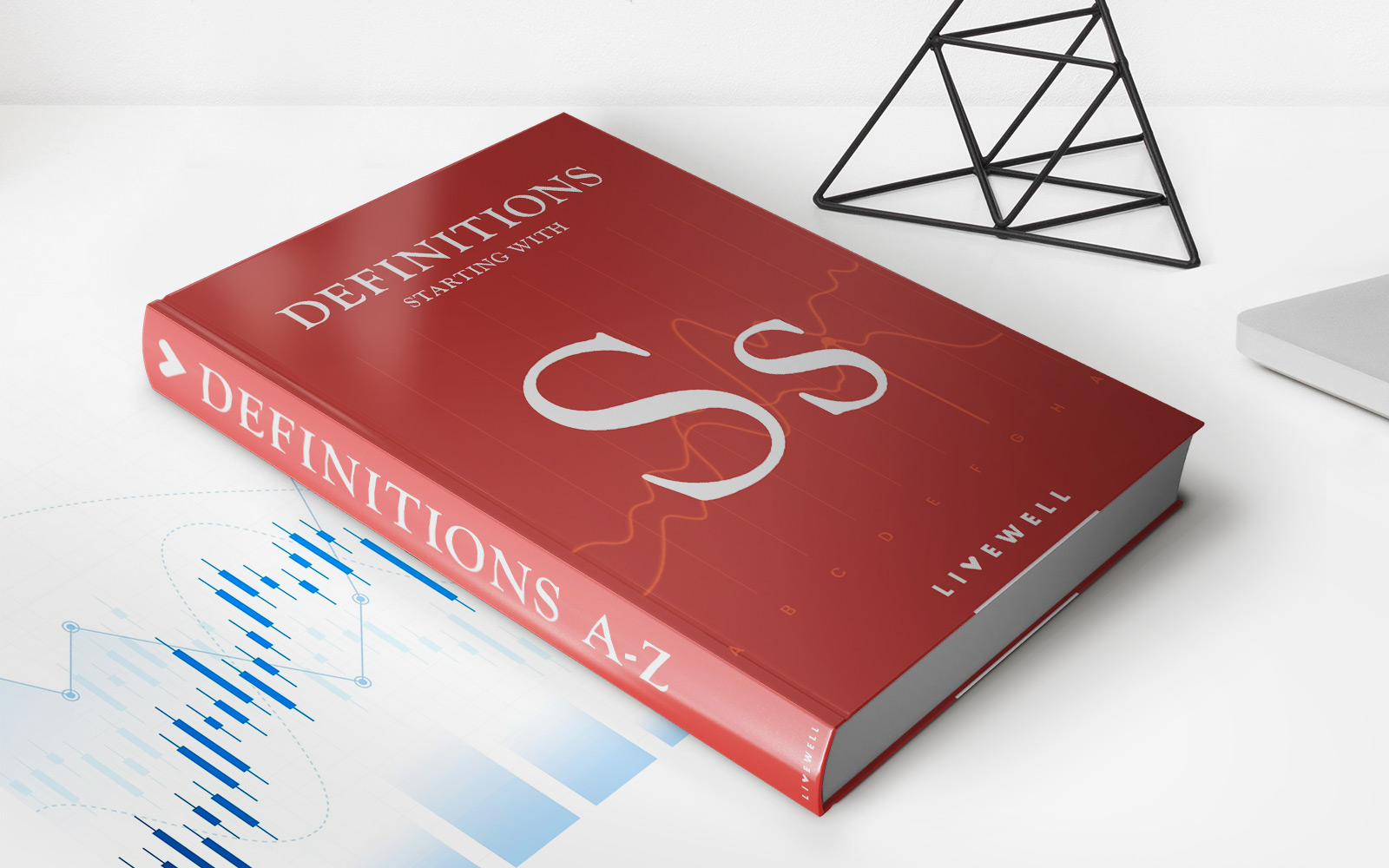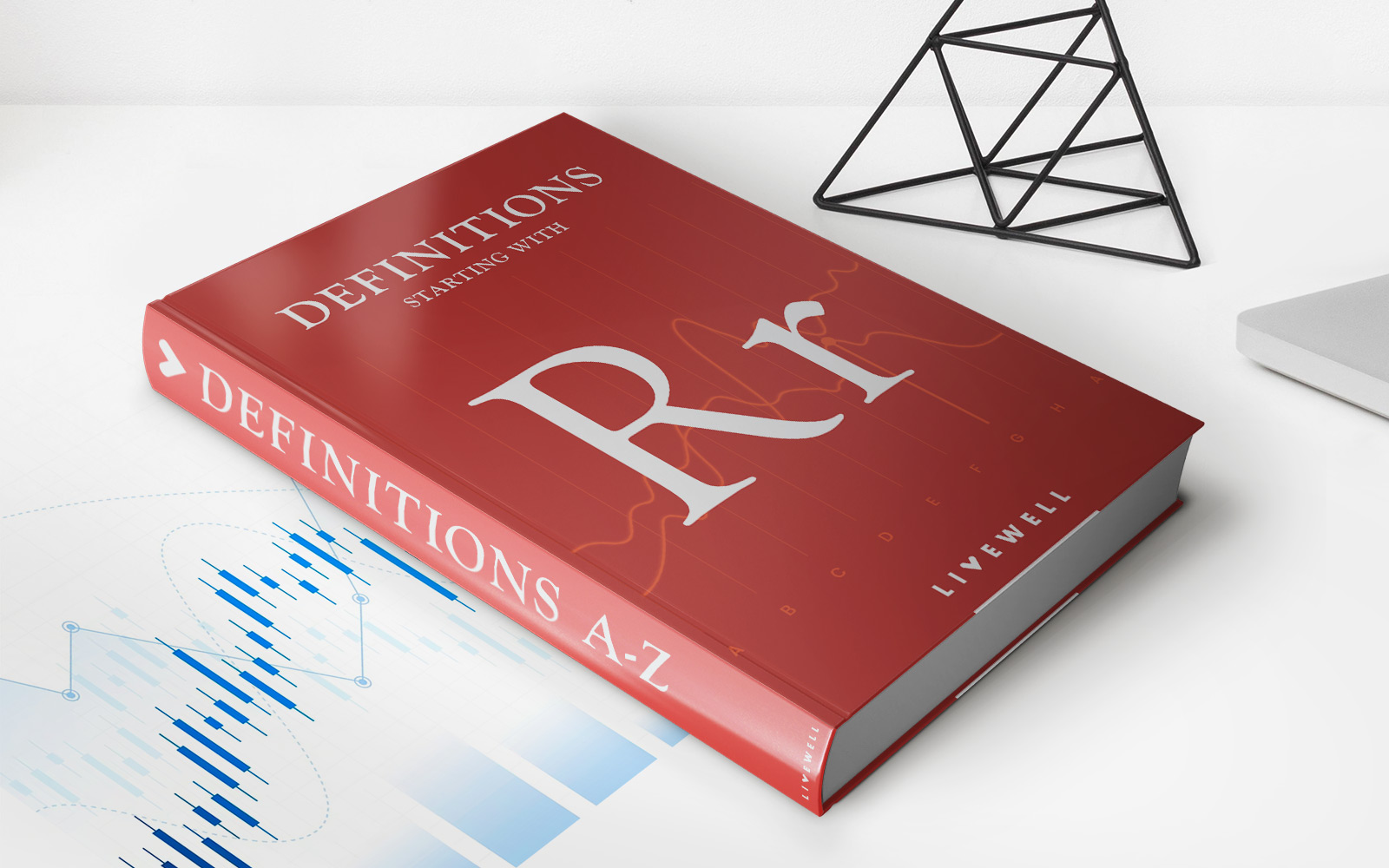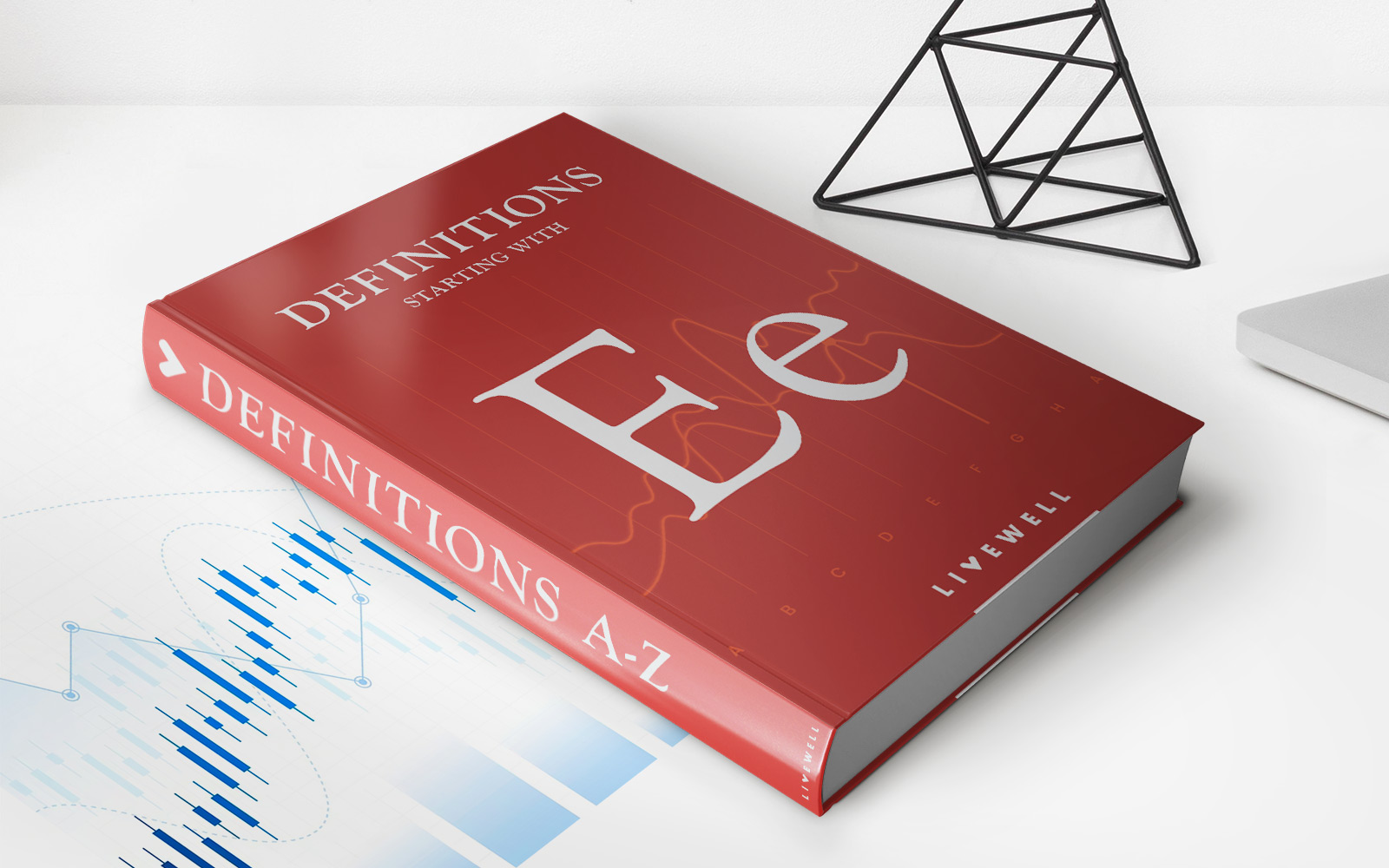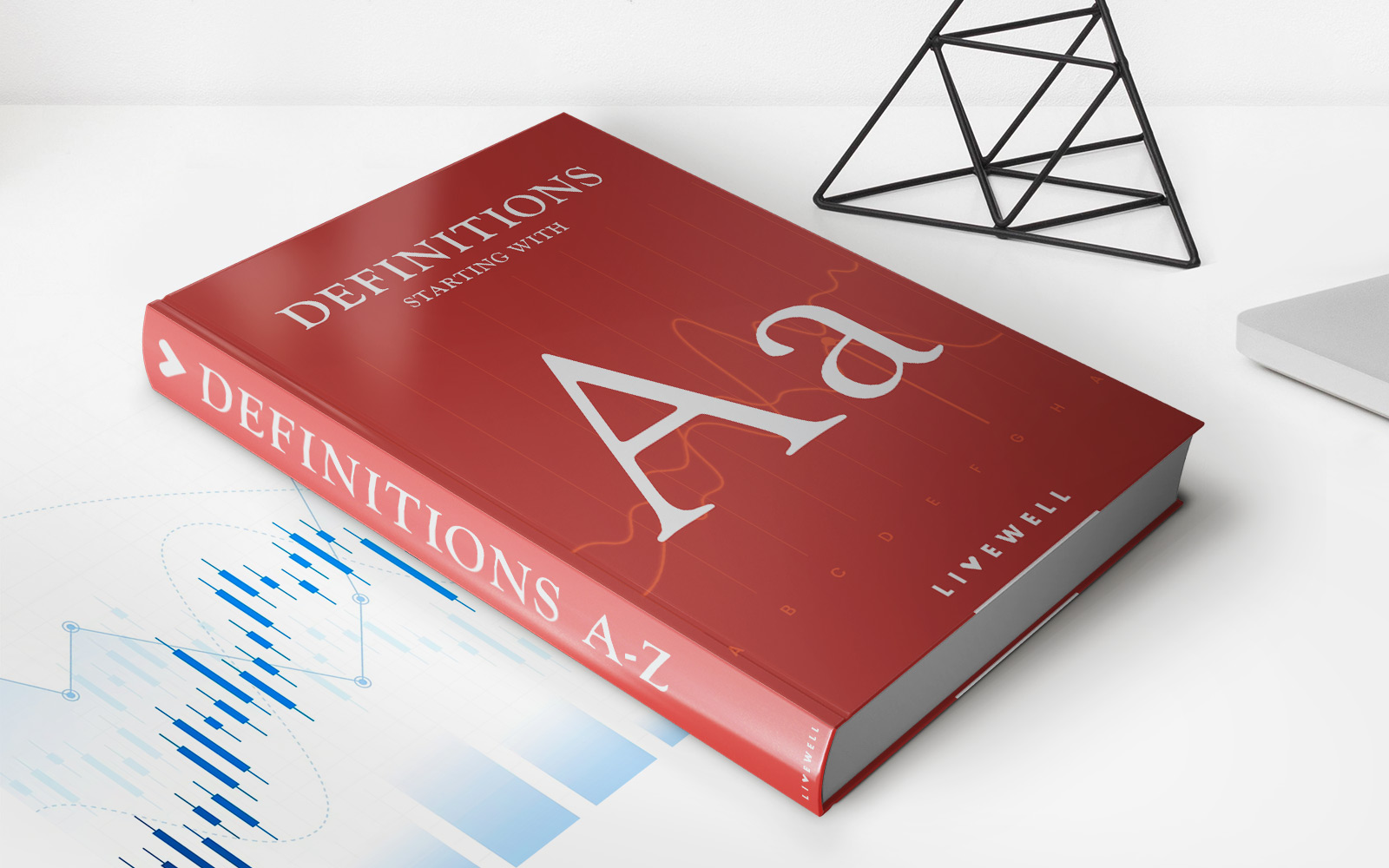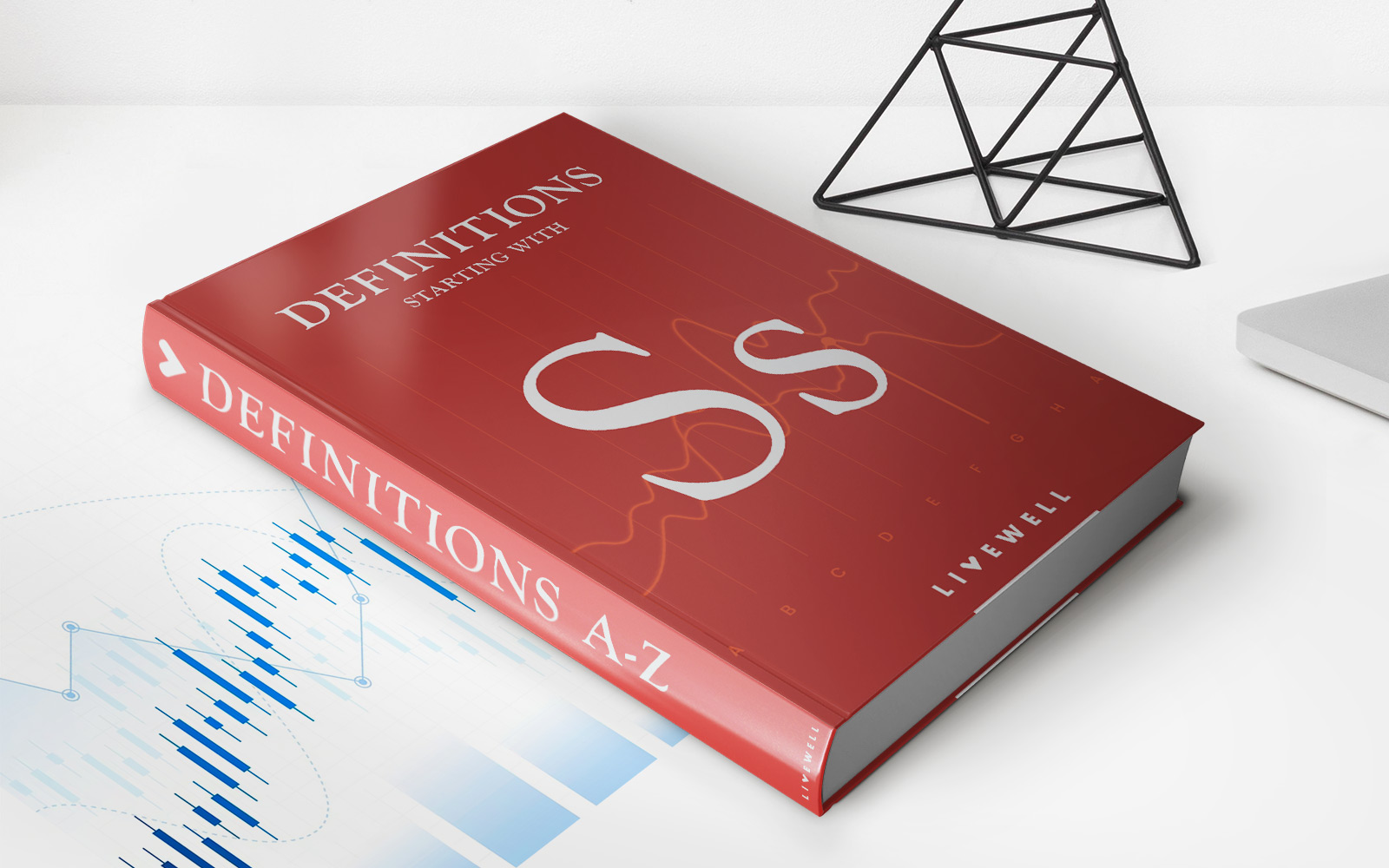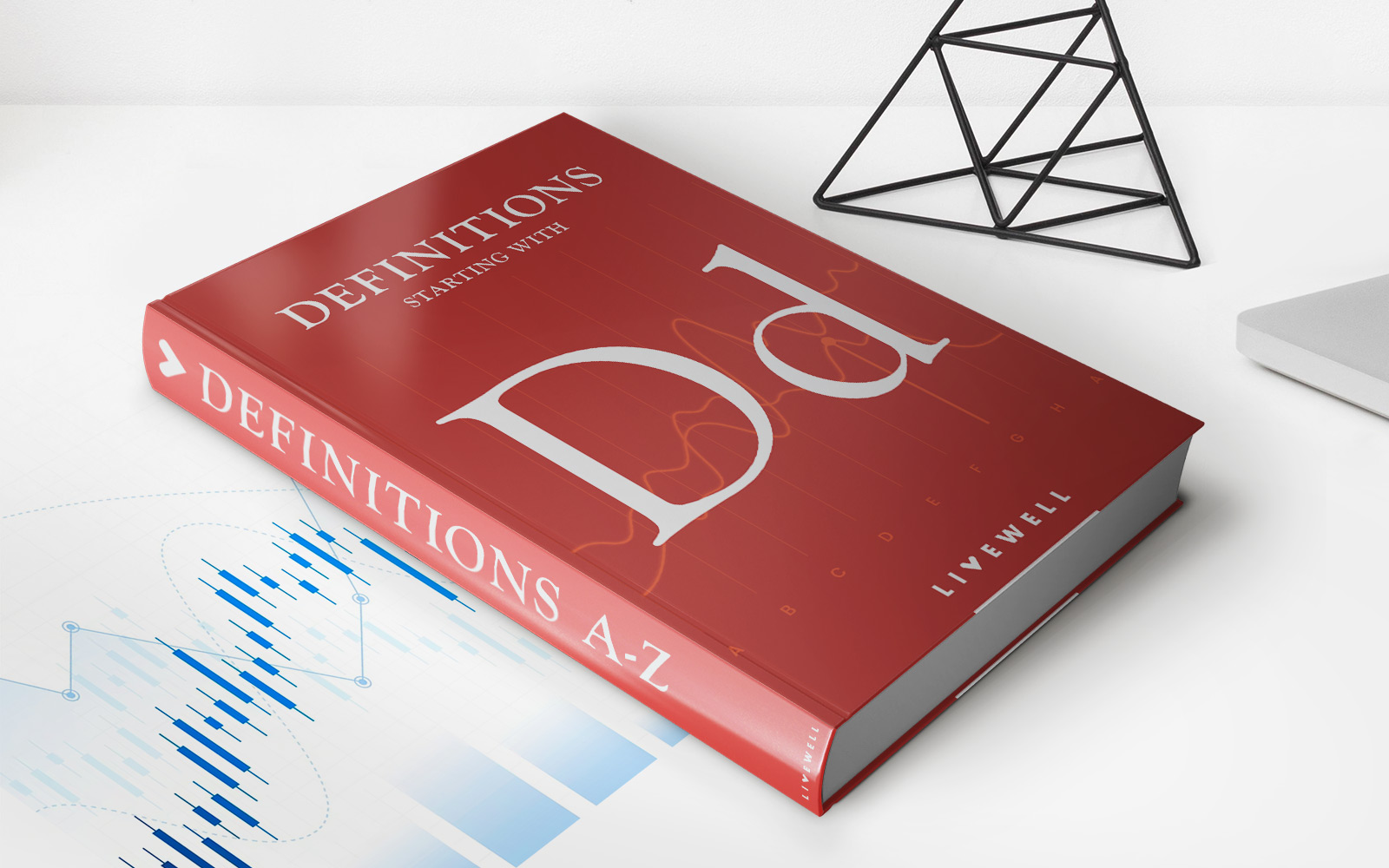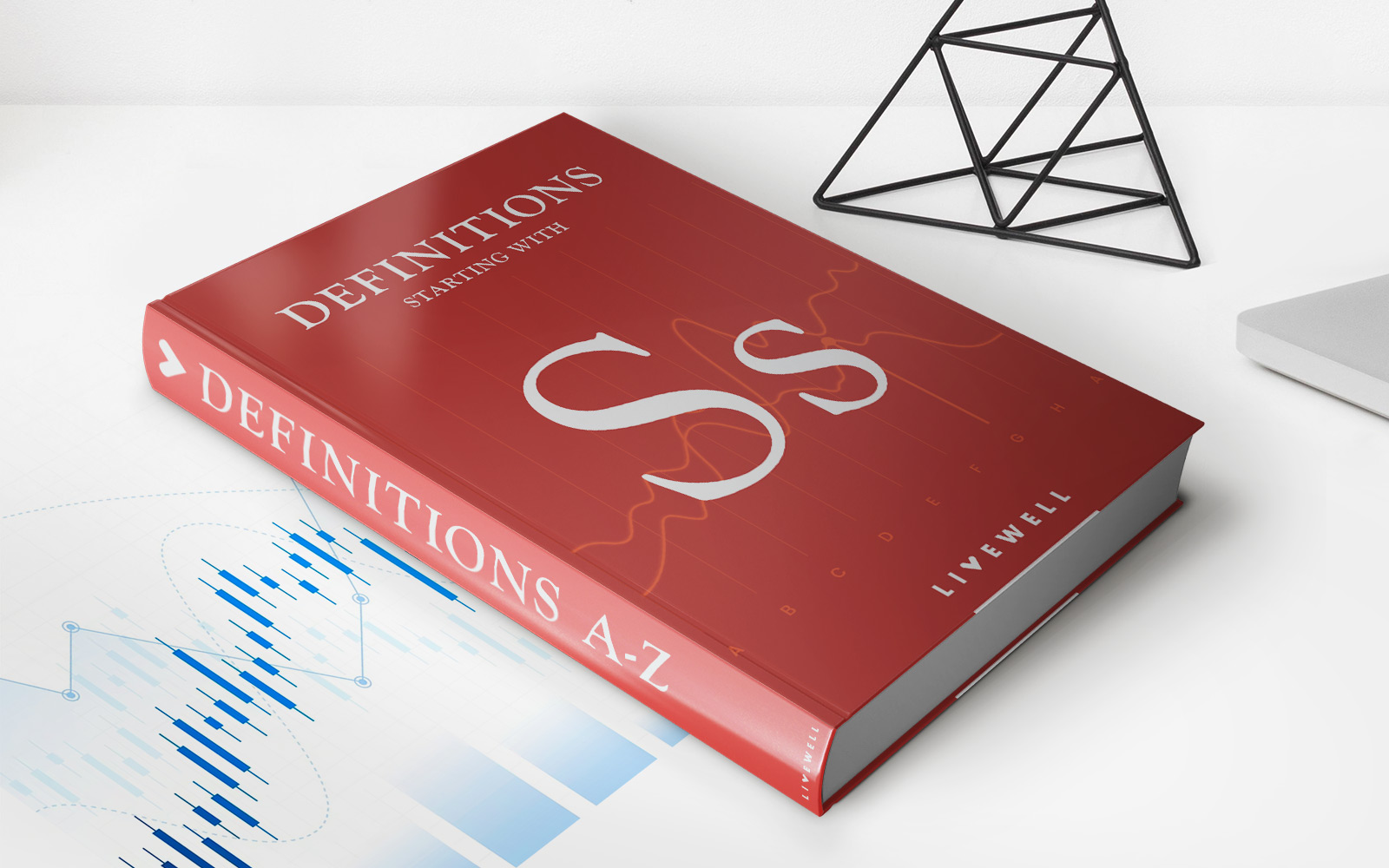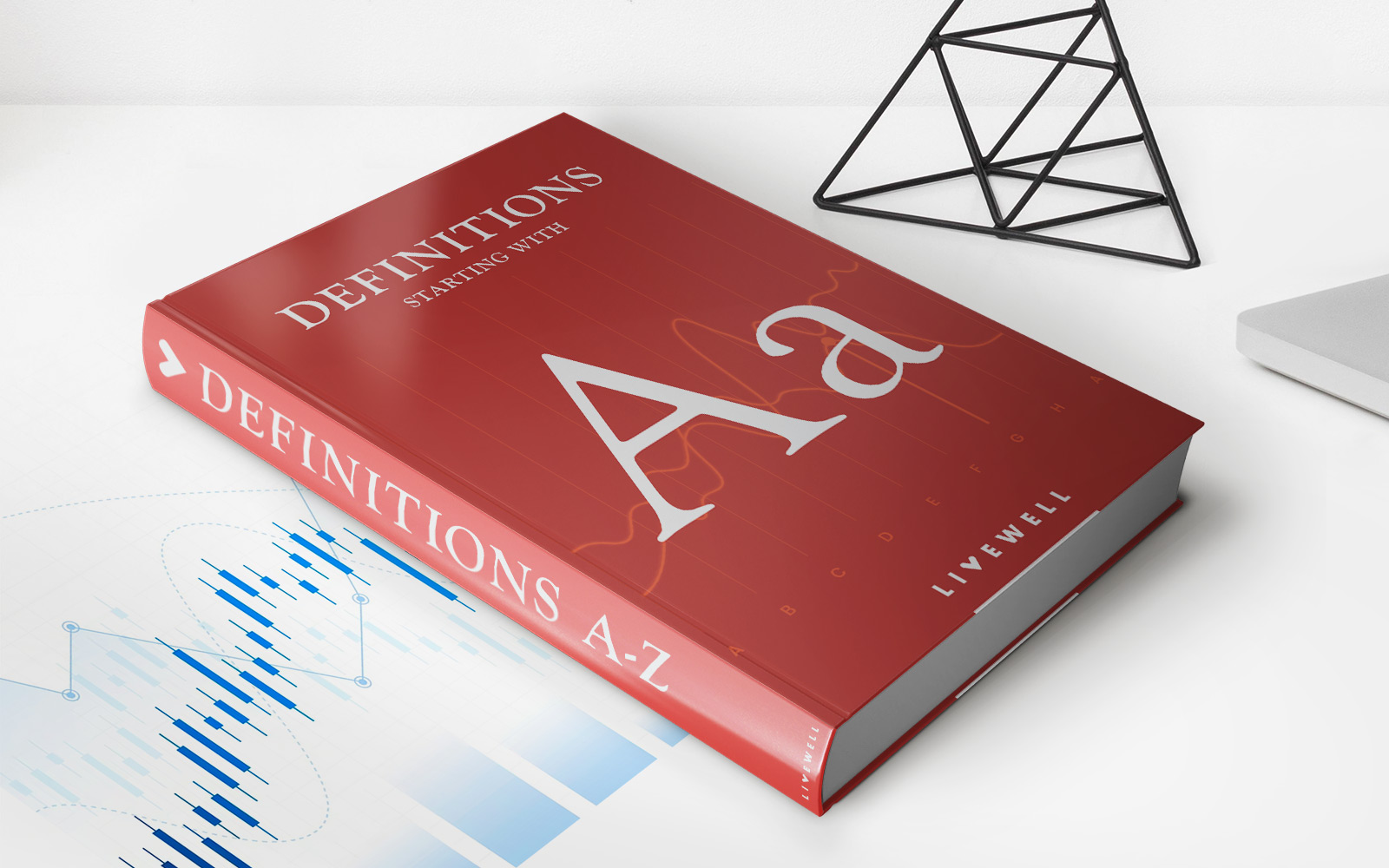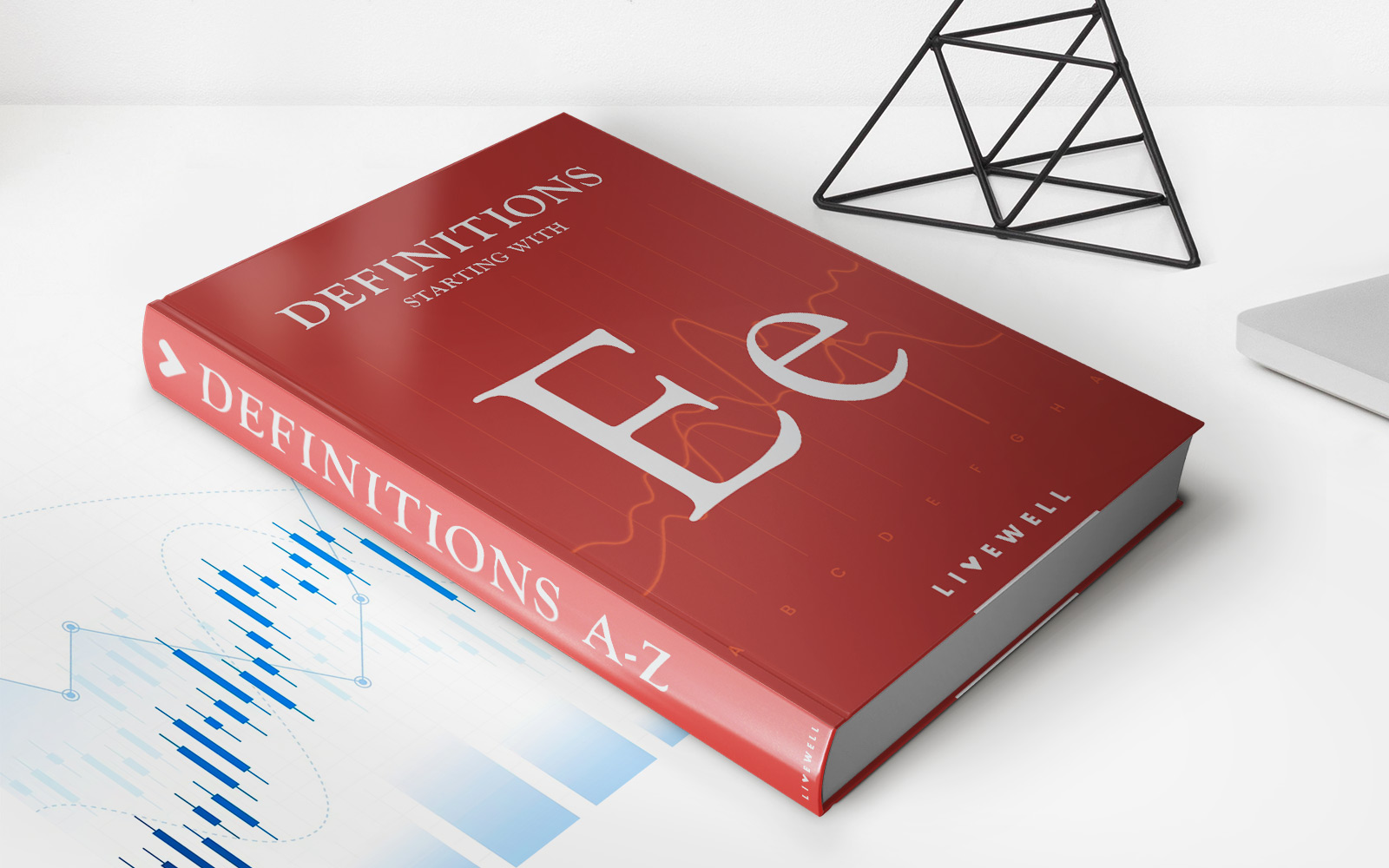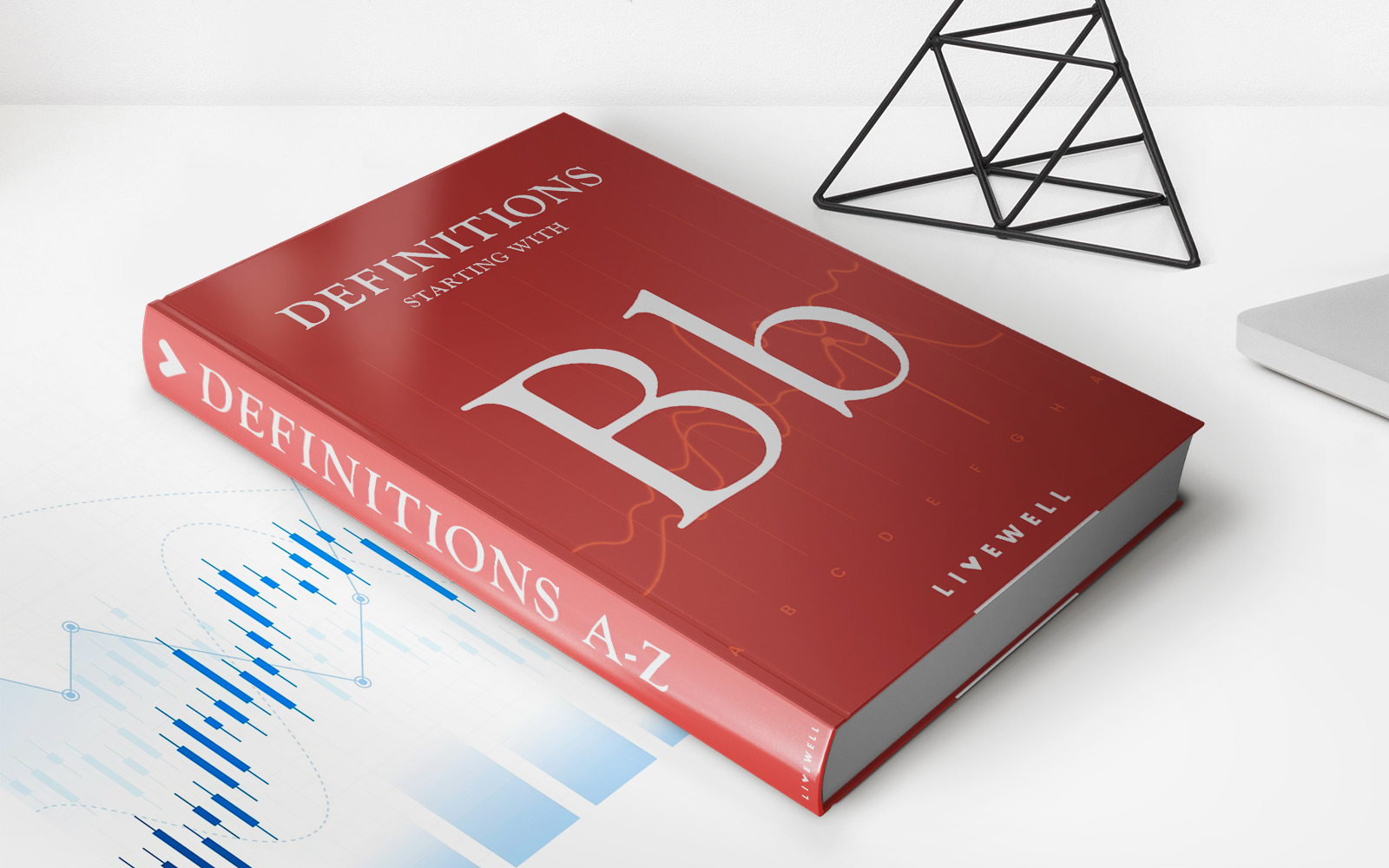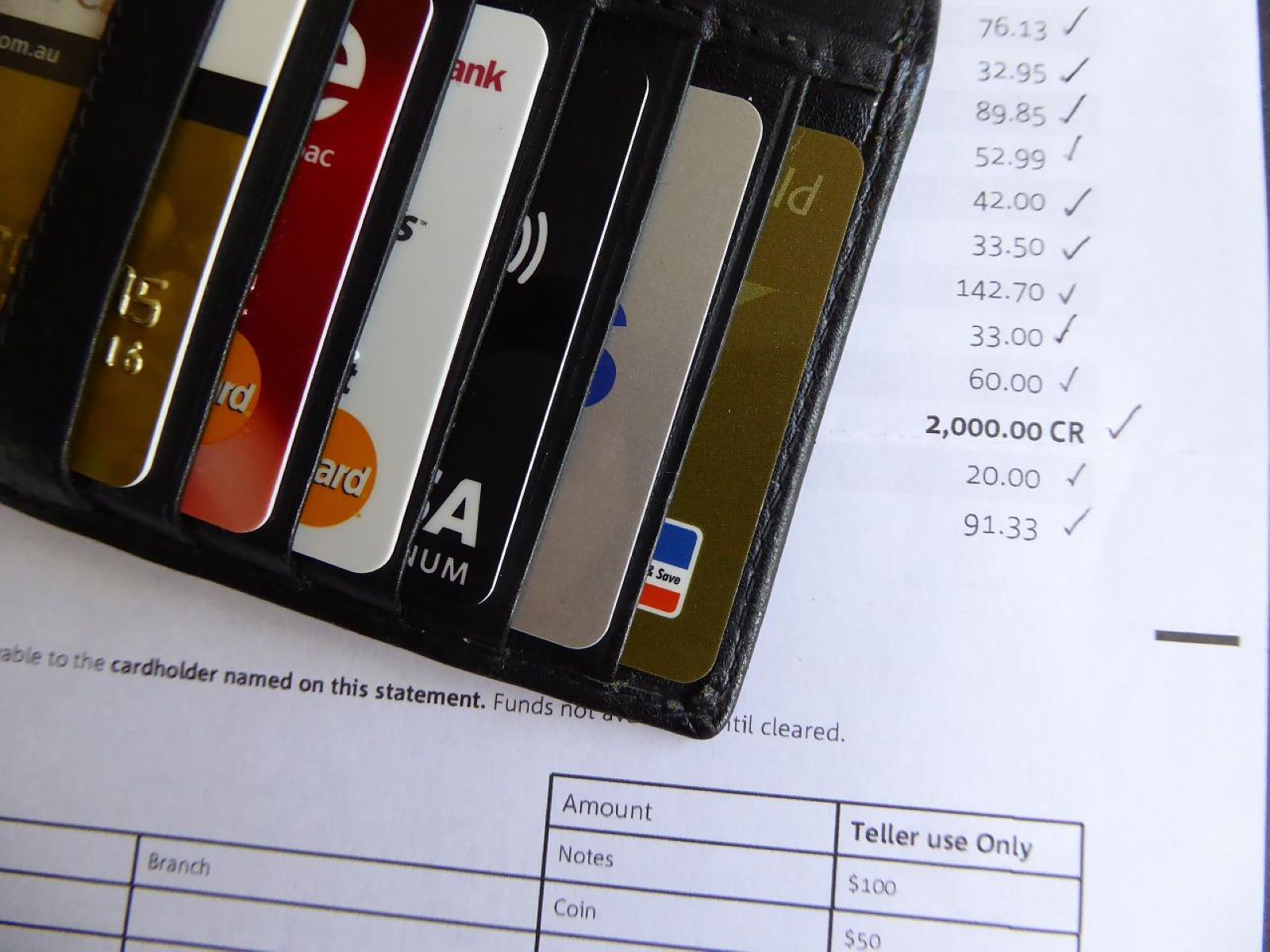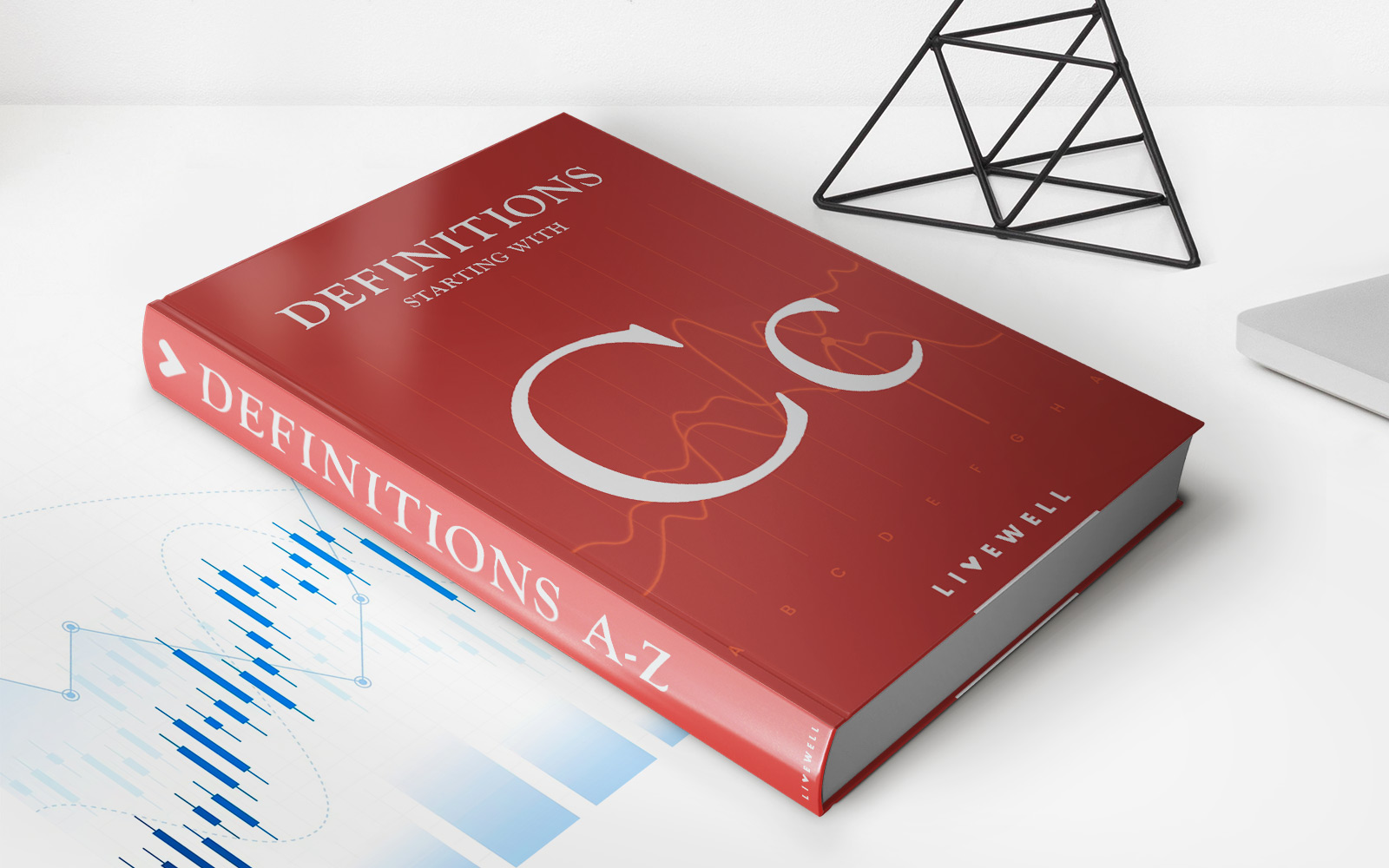Home>Finance>Pay As You Earn (PAYE): Definition And Examples
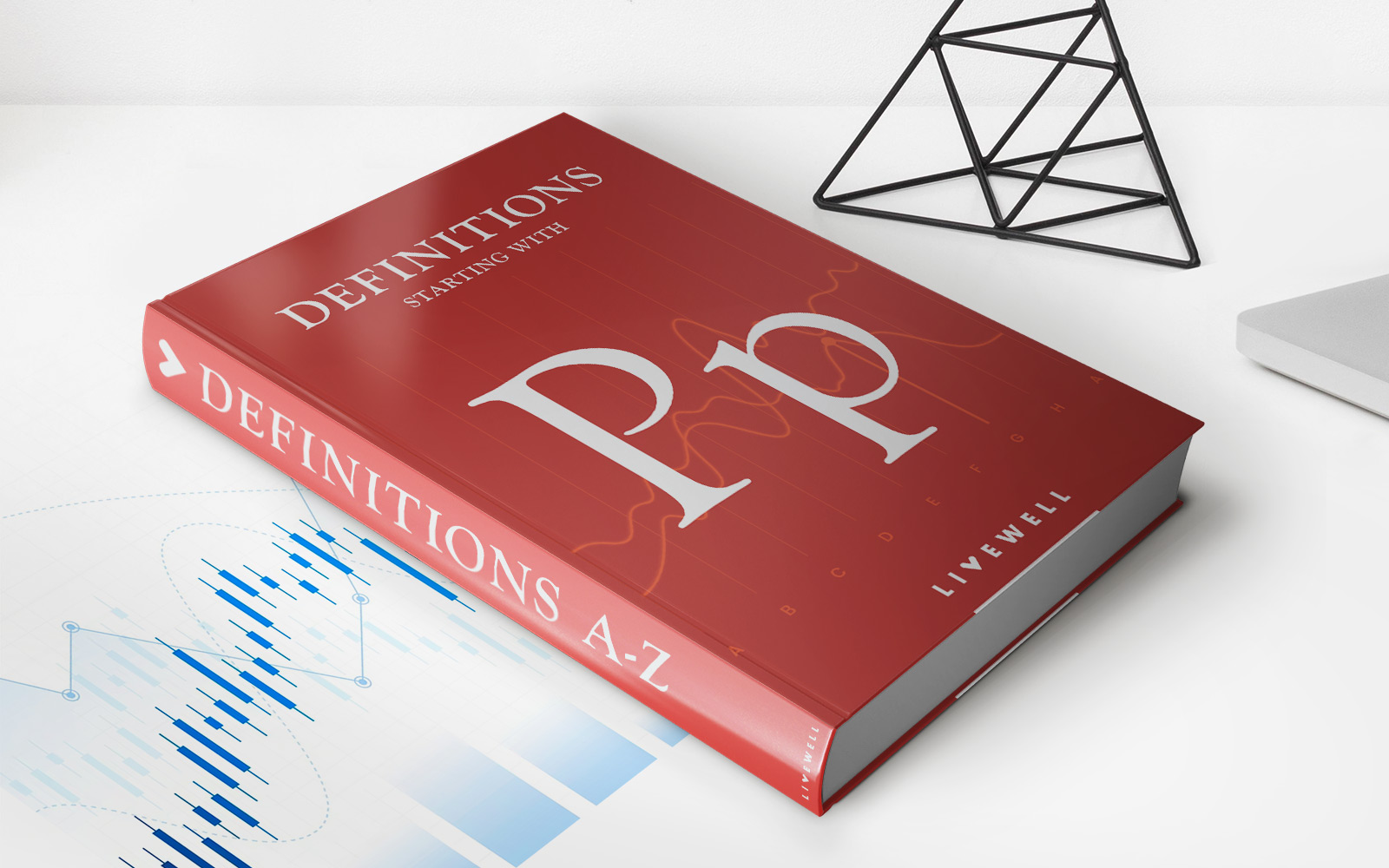

Finance
Pay As You Earn (PAYE): Definition And Examples
Published: January 6, 2024
Discover the definition and examples of Pay As You Earn (PAYE) in the finance world. Understand how this system works and its implications for your income.
(Many of the links in this article redirect to a specific reviewed product. Your purchase of these products through affiliate links helps to generate commission for LiveWell, at no extra cost. Learn more)
Understanding Pay As You Earn (PAYE): Definition and Examples
Welcome to the “Finance” category of our blog! In this post, we will delve into the world of Pay As You Earn (PAYE), a popular method of income tax withholding. Whether you’re a seasoned finance professional or just starting your journey, understanding PAYE is essential for managing your personal finances or running a business. So, let’s dive right in!
Key Takeaways:
- PAYE is an income tax withholding mechanism used by employers to deduct tax and National Insurance contributions from employees’ wages or salaries.
- It ensures that employees’ taxes are paid throughout the year, rather than a lump sum at the end, providing a convenient way to fulfill tax obligations.
What is Pay As You Earn (PAYE)?
Pay As You Earn (PAYE) is a method of income tax withholding that enables employers to deduct income tax and National Insurance contributions directly from employees’ wages or salaries. The deductions are made in accordance with the tax code provided by HM Revenue and Customs (HMRC).
Introduced in the United Kingdom in 1944, PAYE has become the standard method of tax collection for most employees. Unlike self-employed individuals who file self-assessment tax returns, employees are subjected to PAYE, as their tax liabilities are calculated and deducted by their employer.
The PAYE system operates on a real-time basis, providing accurate deductions based on employees’ income and tax codes. This ensures that employees pay the correct amount of tax throughout the year, rather than a lump sum at the end.
How does PAYE work?
The PAYE system works through the following steps:
- An employee is allocated a tax code by HMRC, which determines the amount of tax to be deducted from their salary.
- The employer uses the tax code to calculate the appropriate amount of income tax and National Insurance contributions to deduct from the employee’s wages.
- The employer then pays the deducted amount to HMRC on behalf of the employee.
- HMRC updates the employee’s tax records to reflect the contributions made.
It’s important to note that PAYE also takes into account other factors, such as an employee’s tax-free allowance and any additional income, benefits, or deductions that may affect their tax liability.
Examples of PAYE
To illustrate how PAYE works, let’s consider two different scenarios:
Scenario 1:
Emily works for XYZ Corporation and earns a monthly salary of £2,500. Her tax code is 1250L, which means she is entitled to a tax-free personal allowance of £12,500.
Using the tax code, XYZ Corporation calculates that Emily’s income tax to be deducted is £250 for the month.
The employer then deducts £250 from Emily’s wages and remits it to HMRC on her behalf.
Scenario 2:
John works as a contractor and receives income from various clients. At the end of the tax year, he needs to file a self-assessment tax return.
Since John is not an employee, PAYE does not apply to his case. Instead, he needs to calculate his tax liability based on his total income and deductions.
John gathers all his income and expenses, calculates his taxable income, applies the relevant tax rates, and submits a self-assessment tax return to HMRC by the deadline.
Final Thoughts
Understanding Pay As You Earn (PAYE) is crucial for employees and employers alike. It ensures that income tax and National Insurance contributions are collected efficiently and effectively, eliminating the burden of paying a large sum of tax at once.
By implementing PAYE, the UK government has simplified the tax collection process and made it more convenient for individuals to meet their tax obligations. So remember, PAYE is not just an acronym, but a valuable system that shapes the way income tax is managed.
That concludes our exploration of PAYE. We hope this article has provided you with a comprehensive understanding of this important financial concept. If you have any questions or would like to learn more about finance-related topics, feel free to explore our other blog posts in the “Finance” category.
